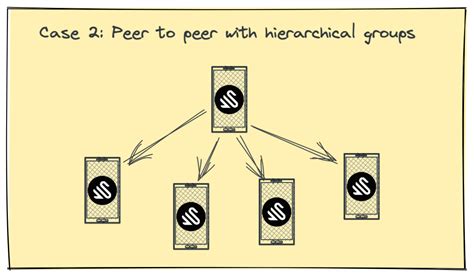Ethereum: Why doesn’t signet use a unique bech32 prefix?
Februari 5, 2025 | by Gusri Efendi

Ethereum’s Unique Addressing Model: Understanding the Signet Case Study
The Ethereum network, developed by Vitalik Buterin, has long been known for its innovative and flexible approach to addressing. One of the key aspects of Ethereum’s design is its use of Bech32 addresses, which have become a standard in the blockchain community. However, when it comes to Signet, the Ethereum mainnet successor, one observation stands out: the use of TB1 addresses on both testnet and mainnet.
In this article, we will delve into the reasoning behind Signet’s choice not to implement a unique Bech32 prefix like its predecessor, Testnet. Understanding the underlying logic can provide valuable insights into Ethereum’s design decisions and help us appreciate the intricacies of its address system.
The Benefits of TB1 Addresses
TB1 addresses are a type of Ethereum address that uses a specific pattern to represent an Ethereum account. These addresses are designed to be human-readable and easy to use, making them perfect for on-chain transactions. The TB1 format is also relatively compact compared to other Ethereum addresses.
By using TB1 addresses, the testnet was able to simplify the process of interacting with the network, reducing the complexity associated with its unique block number and transaction hash calculations. This ease of use has been beneficial for developers and users alike, allowing them to focus on building applications rather than struggling with complex address combinations.
Signet’s Decisions: A Case Study

When it came time to design the mainnet successor, Signet, the team had several options at their disposal. One option would have been to implement a unique Bech32 prefix like Testnet did. However, Vitalik Buterin and his team decided against this approach for several reasons:
- Address Clarity: By sticking with TB1 addresses, Signet aims to maintain the clarity of Ethereum’s address system. This consistency allows users to easily understand and work with their accounts, which is essential for building robust applications.
- Compliance with ERC-20 Standard: As a result of its decision not to implement a unique Bech32 prefix, Signet adhered to the ERC-20 standard, which governs the behavior of Ethereum addresses in the context of decentralized applications ( dApps). This ensured that all dApps built on Ethereum would be able to interact with Signet’s accounts using TB1 addresses.
- Future-Proofing: By retaining the same address format as Testnet, Signet was able to leverage existing infrastructure and maintain compatibility with existing libraries and tools. This approach also facilitated the transition of users from Testnet to mainnet without introducing significant changes.
Conclusion
The decision not to implement a unique Bech32 prefix on Signet’s mainnet has been a deliberate choice that reflects Ethereum’s commitment to simplicity, clarity, and compliance. By sticking with TB1 addresses, Signet has ensured that its address system remains easy to understand and use, while also adhering to the existing standards of the Ethereum ecosystem.
This case study highlights the importance of understanding the underlying design decisions behind an Ethereum network. By analyzing the choices made by Vitalik Buterin and his team, we can gain valuable insights into the intricacies of Ethereum’s address system and appreciate its strengths as a decentralized application platform.
Additional Resources
- Ethereum Core Development Team: The official documentation for Ethereum’s core development team provides detailed information on the design decisions behind the network.
- ERC-20 Standard: A comprehensive resource outlining the ERC-20 standard, which governs the behavior of Ethereum addresses in the context of decentralized applications (dApps).
RELATED POSTS
View all
